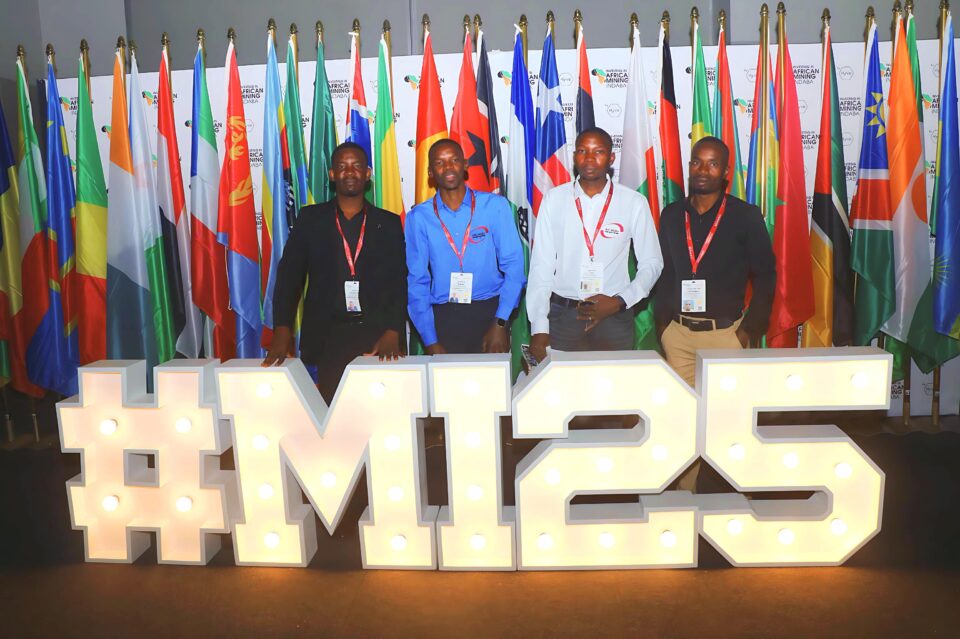Effectively future-proofing mining communities requires a shared vision of what those communities should look like. This vision should be agreed and co-created by all stakeholders in that community, including government and mining companies – but most importantly by the community itself.
This was one of the ideas emerging from the Investing In African Mining Indaba 2025 event, being held in Cape Town this week, which has been recognised by delegates for its significant involvement of community voices in this year’s conference.
“We need a single vision for what the ideal community should look like,” said Noleen Dube of South 32, commenting at an interactive workshop on the theme of Future-proofing Mining Communities. “It often seems that municipalities, business leaders and communities are moving in different directions.”
The idea resonated across several forums at the mining conference, as mining leaders, community activists and traditional leaders called for the involvement of all stakeholders in mapping the structure of the ideal mining community.
“We need to know what the ideal, future-proof mining community looks like,” agreed Thekvest Group Director Champ Thekiso.
Tebello Chabana, Senior Executive: Public Affairs and Transformation at the Minerals Council South Africa, said there were lessons to be learned from the partnership between business and government in combating infrastructure and crime challenges.
“That partnership has made headway,” said Chabana. “The same collaborative model can be applied to solve community problems in water, infrastructure, governance, electricity and economic growth – but with involvement of communities.”
Chabana described successes achieved in the Northern Cape where mining companies had joined hands with the government to fund the construction of a multi-billion-rand water pipeline project.
“We need solid communities if the mining sector is to thrive,” said Bongiwe Mabusela, Director of Empowerment Transactions Assessment at the Department of Mineral Resources and Energy (DMRE). “Mines need to ensure communities around their operations continue to live sustainably, long beyond the life of their mines. The voices of the communities must be heard in this process.”
Kgosi Nyalala Molefe John Pilane, Senior Traditional Leader of the Bakgatla-Ba-Kgafela Traditional Community said that future-proofing should involve the integration of communities into the diversified business opportunities and value chains around mines.
He said communities were now understood to be at the heart of the mining process – as demonstrated by their prominent presence at the Investing In African Mining Indaba.
Community mining activists have been a feature of this year’s event, with a group of community mining representatives hosting a media briefing on the sidelines of the event today.
“I identify as a member of the mining community, and I am proud to be part of groups trying to find solutions to social and environmental problems facing our industry,” said Faith Mutete, a small-scale miner and CEO of Women In Mining Zimbabwe. “Platforms like Mining Indaba allow us to bear out the voices of our people at home.”
Mutete was part of a group of mining community members from South Africa, Kenya, Zimbabwe and Nigeria invited to the event.
Sibanye Stillwater Executive Vice President Thabisile Phumo said a key part of bringing communities and mining companies together to solve problems was creating trust.
“We need to build relationships,” she said. “When that happens, mines can partner to help communities meet the needs of today, as well as tomorrow. We are already seeing that, as companies recognise the need for co-creation and inclusion through enterprise and supplier-development programmes, and by moving people up the value chain.”
Chabana proposed that to give communities a bigger stake in mining, the next Minerals and Petroleum Resources Development Act empowerment framework could look to emphasise entrepreneurs and employees, instead of equity.
Also speaking at the event, King of the Royal Bafokeng Nation, Kgosi Leruo Tshekedi Molotlegi, offered some advice to communities that are blessed with mineral resources. The Royal Bafokeng Nation owns 1 200km2 of land in South Africa’s North West Province, below which lies part of the world’s largest platinum reserve. The nation has a financial asset value of around US$4 billion.
“The point we would make to communities that have mineral resources is that mining does not last forever,” said Kgosi Leruo.
“A mine is a wasting asset that declines in value over time. You can’t sit on that asset. We decided to diversify into the financial services, telecoms, property and transport sectors. Today mining makes up only a small fraction of our holdings. Now, our biggest focus is education. That is the only way to uplift the lives of your people.”
- Investing in African Mining Indaba 2025 runs until February 6 at CTICC 1 and 2.



